Transform your closet into a space that truly reflects your personality and lifestyle with a DIY closet makeover. Whether you’re aiming to maximize space in a small room, refresh your wardrobe organization, or simply save money, this guide offers practical solutions tailored for anyone looking to revamp their closet. From budget-friendly projects to clever storage hacks, discover how to create a functional and stylish closet that works for you. With easy-to-follow tips and customizable designs, even those new to DIY projects can achieve a polished look. Say goodbye to clutter and hello to a closet that enhances your daily routine. Let’s dive into the details and uncover how to transform your space into a personalized haven.
Key Takeaways
– Efficient Pants Placement: Store casual pants on top for quick access, while lighter colors may fade less when placed at the bottom.
– Optimal Jeans Storage: Choose hanging for shape retention and better airflow, or fold for space-saving, ideal for thin denim.
– Closet Space Solutions: Use a dresser for efficient storage, but consider space constraints and accessibility. Explore alternative organizers for better flow.
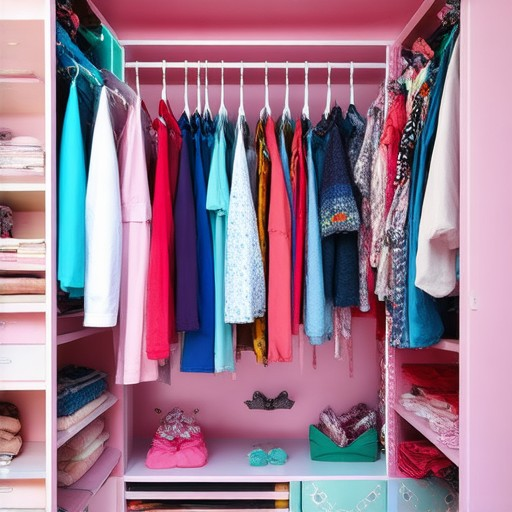
Is There an App to Help Design a Closet?
Yes, there are several apps available to assist with closet design. One excellent option is Home Ideas Finders , which offers a range of tools to help you plan and organize your closet effectively. Their app provides features like:
- Space Analysis : Determine the optimal layout for your closet size and shape.
- Layout Tools : Experiment with different configurations to maximize storage and functionality.
- Color Palette Suggestions : Choose complementary colors for your closet design.
- Storage Solutions : Explore various shelving, drawer, and hanging options.
- Inspiration Galleries : Browse real-life closet transformations for ideas.
Additionally, apps like AnySize Closet and Houzz offer similar functionalities, allowing you to virtually design and visualize your closet before purchasing materials. These apps often include detailed guides and step-by-step instructions to help you execute your design successfully.
Is It Cheaper to Buy or Build a Closet?
Determining whether it’s cheaper to buy or build a closet involves evaluating several factors, including materials, labor, customization, and long-term costs.
Buying a Closet
- Pre-Built Options: Ready-to-assemble (RTA) closets are often more affordable, with prices ranging from $100 to $600, depending on size and features.
- Custom Options: Custom-built closets can cost between $500 and $2,000+, depending on the quality of materials and workmanship.
- Advantages: Quick installation, variety of styles, and lower maintenance costs.
- Disadvantages: Limited customization, potential for lower durability compared to a well-built closet.
Building a Closet
- DIY Approach: Building a closet yourself can save money if you have woodworking skills. Materials like wood, screws, and nails typically cost around $200-$400, depending on size and complexity.
- Hiring a Contractor: Professional builders charge $150-$300 per hour, with total costs ranging from $1,000 to $5,000+.
- Advantages: Full customization, higher durability, and potential cost savings if you’re experienced.
- Disadvantages: Requires time and effort, potential for costly mistakes, and higher initial investment.
Considerations
- Time and Effort: Building a closet takes significant time and physical effort, while buying is quicker and easier.
- Customization: Building allows for exact measurements and design, which can justify the cost if customization is important to you.
- Long-Term Costs: Higher-quality built closets may reduce replacement costs over time, whereas cheaper options might need frequent updates.
- Environmental Impact: Repurposing materials for a DIY project can be more eco-friendly than manufacturing new products.
Conclusion
Whether it’s cheaper to buy or build depends on your circumstances. If you prefer convenience and don’t mind less customization, buying may be better. If you value having a tailored solution and have the skills or budget for labor, building could be more economical.

How Much Does an Average Closet Makeover Cost?
A closet makeover typically costs between $2,300 and $6,700 , with an average expense of $4,100 . The total cost depends on several factors, including the size of the space, the extent of the remodel, and the quality of materials used. Here’s a breakdown of what influences the price:
- Size of the Closet : Larger closets or those with custom dimensions may cost more due to increased labor and material requirements.
- Extent of the Remodel : A partial makeover, such as reorganizing shelves or adding lighting, tends to be less expensive than a full overhaul.
- Material Choices : High-end finishes like custom cabinetry, hardwood flooring, or automatic doors can significantly increase the budget.
- Labor Costs : The cost of labor often accounts for a large portion of the total expense, depending on the region and the contractor’s rates.
For a more precise estimate, consider the cost per square foot, which averages $10 to $25 . This rate varies based on the complexity of the project and the selection of finishes.
If you’re planning a closet remodel, we recommend consulting with a professional to get a tailored quote based on your specific needs and preferences.

Pants Placement in Closet: Top or Bottom?
When deciding whether to place pants on top or bottom of a closet, consider factors like frequency of wear, type of pants, and overall closet layout.
- Top of Closet: Ideal for quick access, especially if pants are a daily staple. Darker colors may retain their shape better due to less exposure to dust and light.
- Bottom of Closet: Suitable for storing less frequently worn items. Lighter colors may fade less when stored below.
Both options work well depending on your preferences and closet setup. Consider organizing by type to maintain efficiency and accessibility.
Is It Better to Hang or Fold Jeans in the Closet?
Determining whether to hang or fold jeans depends on several factors, including closet space, frequency of wear, and the type of denim.
- Hanging Jeans: Ideal if you have ample hangers and closet space. Hanging allows jeans to retain their shape and reduces wrinkles. It also provides better airflow, reducing moisture retention and preventing mold growth.
- Folding Jeans: Suitable for those with limited space or fewer hangers. Folding saves space and can help organize smaller closets. However, it may cause creases over time, especially if the denim is thin.
- Considerations:
- If you wear jeans frequently, hanging might preserve their condition better due to reduced fabric stress from frequent folds.
- Thicker denim may benefit more from hanging to avoid crushing, while thinner jeans can handle folding without significant damage.
- Space-saving is a key advantage for folding, making it a good option for small closets or those with limited storage.
Ultimately, the choice between hanging and folding jeans depends on personal preferences and specific storage needs. Both methods work well, so you can mix and match based on what suits your lifestyle and closet setup best.
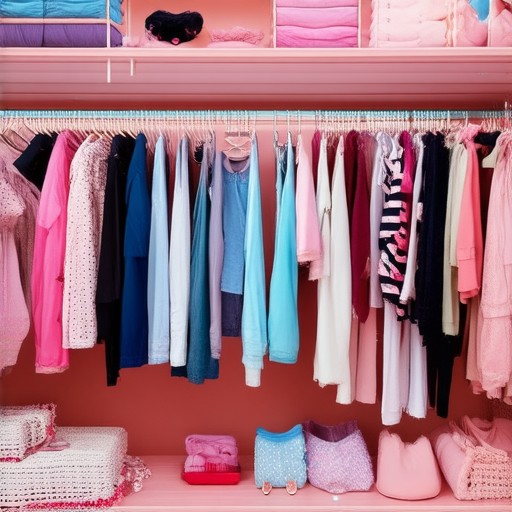
Should You Put a Dresser in a Closet?
Putting a dresser in a closet can be a practical solution for maximizing space, but it depends on several factors. Here’s a breakdown of the considerations:
- Pros:
- Space Efficiency: Keeps the dresser out of the main room, saving floor space.
- Organization: Provides easy access to clothing, reducing clutter in the bedroom.
- Convenience: Reduces the need to move between rooms when getting dressed.
- Cons:
- Space Constraints: May not fit comfortably in smaller closets, causing discomfort or difficulty opening/closing doors.
- Accessibility Issues: Can hinder movement around the closet area, especially when rushing in the morning.
- Maintenance: May accumulate dust and be harder to clean compared to keeping it in the bedroom.
Consider the size of your closet and the type of dresser you own. Tall, narrow dressers may fit better than wide ones. Additionally, explore alternative solutions like using organizers or installing shelving for added closet space without a dresser.
Ultimately, the decision depends on balancing convenience with practicality. If space is limited, you might prefer other storage solutions. However, for many, a dresser in the closet offers a streamlined and organized bedroom environment.

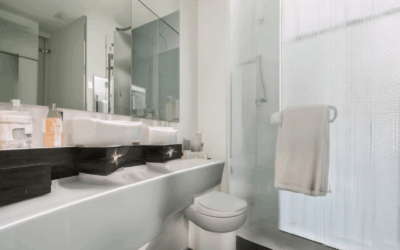
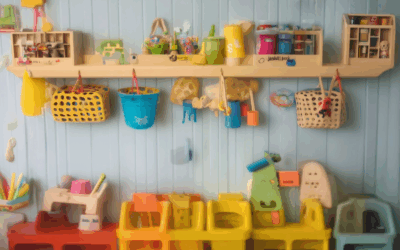
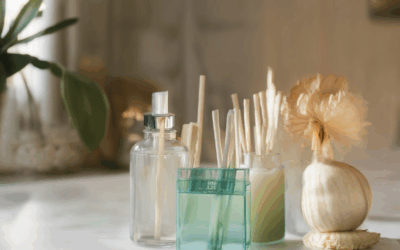
0 Comments